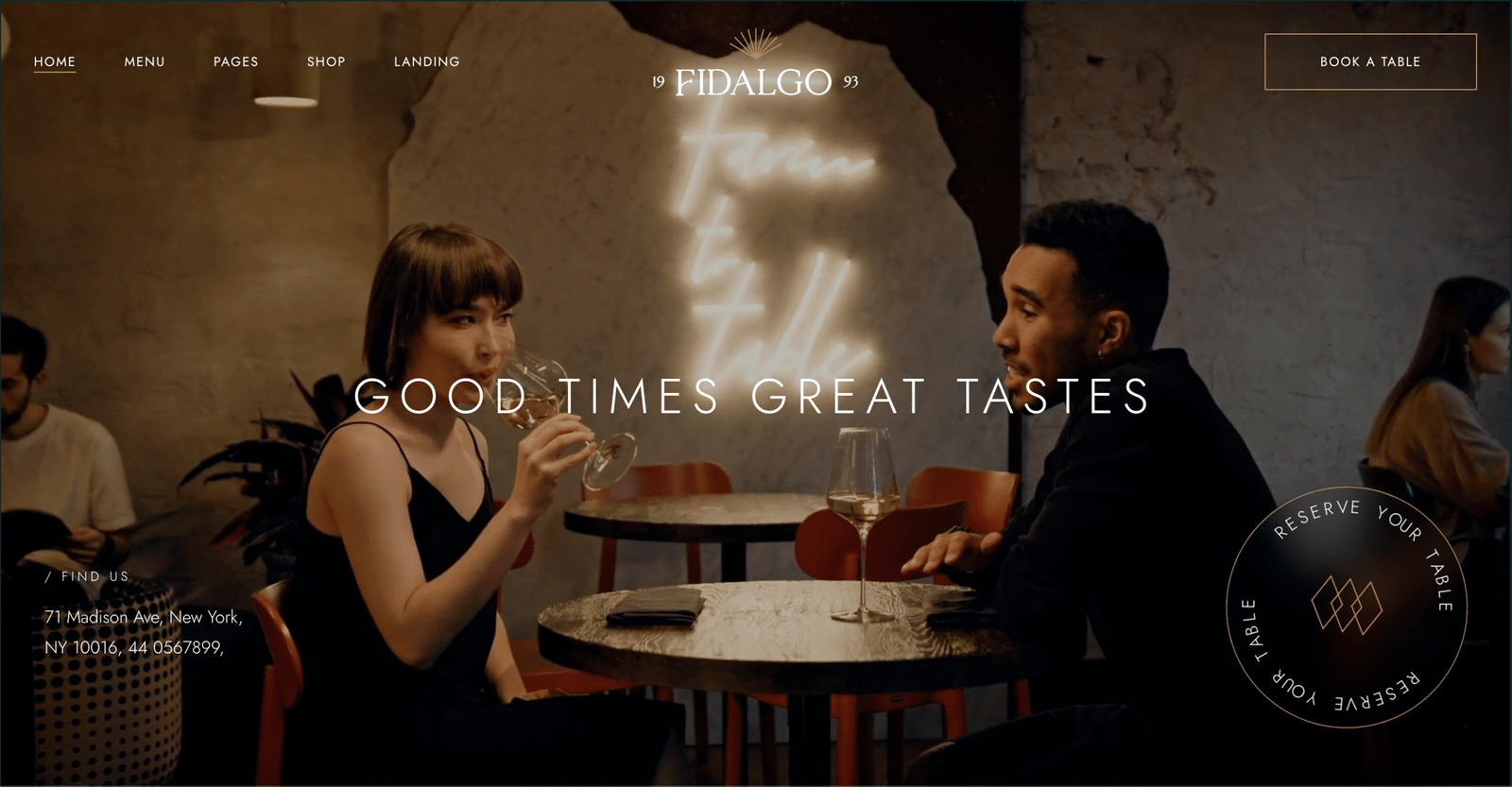
Understanding SEO: A Comprehensive Guide to Search Engine Optimization
👤 Author: Webora Innovations | ⏰ 2 min Read
Share

Search Engine Optimization (SEO) is a strategic, multi-disciplinary approach to increasing a website’s visibility on search engines. At its heart, SEO ensures that when users search online, your content appears as a trusted answer to their queries. It’s about aligning your digital presence with what people are genuinely looking for connecting you to your audience through relevance, credibility, and value.
In essence, SEO helps businesses, creators, and professionals rank prominently—ideally on the first page—of Search Engine Results Pages (SERPs), using targeted, high-intent keywords. The overarching goal is to drive meaningful, organic traffic to your site—traffic that converts.
Whether your business revolves around selling products, providing professional services, or distributing thought leadership content, SEO serves as an essential digital marketing pillar. It enhances your visibility across platforms like Google, Bing, YouTube, and even voice search interfaces, empowering you to reach and resonate with your ideal audience more effectively.
This guide will delve deep into SEO’s core pillars, its expanding scope, its modern applications, and how you can deploy it strategically to thrive in the competitive digital landscape of 2025.
1. What is SEO?
Search Engine Optimization (SEO) is a strategic, multi-disciplinary approach to increasing a website’s visibility on search engines. At its heart, SEO ensures that when users search online, your content appears as a trusted answer to their queries. It’s about aligning your digital presence with what people are genuinely looking for connecting you to your audience through relevance, credibility, and value.
It serves as the bridge between a user’s query and your website’s solution. When executed correctly, SEO not only satisfies search engine algorithms but also elevates user satisfaction through faster load times, mobile-friendliness, structured content, and intuitive navigation.
A successful SEO strategy integrates technical know-how with creative finesse. This includes building semantic-rich pages, creating in-depth content, and constantly analyzing performance to adjust for shifting trends and algorithms.
Ready to boost your rankings?
Get a personalized SEO plan based on your domain.
2. SEO vs. SEM vs. PPC
The digital marketing ecosystem consists of various strategies that work both independently and in harmony. Understanding the distinctions between SEO, Search Engine Marketing (SEM), and Pay-Per-Click Advertising (PPC) is vital for crafting a balanced strategy.
SEO focuses purely on enhancing organic (non-paid) visibility by refining website content, architecture, and authority. It’s an investment in sustainable, long-term growth that compounds over time.
SEM includes SEO but broadens the scope to paid visibility as well, incorporating campaigns that position your website on SERPs through advertising dollars.
PPC is a subset of SEM. It involves placing paid ads on search engines and other platforms where advertisers are charged based on user interactions—primarily clicks. This allows for targeted, quick-impact campaigns, especially beneficial for promotions and immediate lead generation.
Most successful brands use a hybrid approach—leveraging SEO for organic traffic while using PPC for quick wins, audience testing, and high-stakes keyword bidding.
3. Why SEO Matters
SEO is a fundamental digital strategy because it connects intent with information. Organic search still drives over 53% of total website traffic across industries, with users placing high trust in non-paid listings.
Unlike paid ads that disappear once your budget ends, SEO efforts can yield results for months or even years. Well-optimized content continues to bring traffic, leads, and conversions over time—making it one of the most cost-effective strategies in the long run.
Moreover, SEO builds trust. When your site consistently appears in top positions, it communicates authority and credibility. High-ranking content often acts as the first touchpoint in a customer’s journey, shaping perceptions and influencing decisions.
Today, SEO is no longer just about Google. Users search across Amazon, YouTube, TikTok, Instagram, and even voice platforms like Siri or Alexa. A solid SEO strategy makes you discoverable across all these channels.
4. Types of SEO & Specializations
SEO is a layered discipline with several areas of specialization, each contributing to overall visibility and user experience.
Technical SEO ensures your site’s infrastructure is healthy. It includes optimizing crawl paths, ensuring mobile responsiveness, implementing structured data, improving load speeds, and securing your site with HTTPS.
On-Page SEO is about enhancing the content users interact with. This includes keyword placement, optimized headings, internal linking, image alt text, meta descriptions, and rich formatting for clarity.
Off-Page SEO strengthens your domain’s credibility. This includes earning backlinks from authoritative sites, securing brand mentions, and managing online reputation.
Additional branches include:
Local SEO for geo-targeted queries and map listings
Ecommerce SEO for online stores with product filters and dynamic URLs
Voice SEO for natural language and conversational search
Mobile SEO for touchscreen usability and mobile-first indexing
Enterprise SEO for managing large, complex sites with hundreds or thousands of pages
Each area requires tailored tactics, tools, and metrics to succeed.
5. How SEO Works
SEO operates through a multi-stage process that mirrors how search engines operate:
- Crawling: Automated bots (crawlers) discover new and updated pages by following links and scanning sitemaps.
- Rendering: The search engine simulates how a page looks and behaves, analyzing its layout and loading scripts.
- Indexing: Information is stored in the search engine’s massive database, making the page eligible for retrieval.
- Ranking: When a user enters a query, algorithms evaluate indexed pages based on hundreds of signals—relevance, authority, mobile usability, speed, and engagement—to determine which results appear.
In 2025, SEO must also account for:
- AI-generated snippets like Google’s AI Overviews
- Zero-click searches and knowledge panels
- Personalization based on user behavior, location, and history
Mastering SEO today means optimizing not just for keywords, but for intent, user experience, and emerging search features.
6. The Evolution of SEO
Over the years, SEO has transformed from keyword stuffing and backlinks to a nuanced, user-first strategy shaped by technological progress.
Algorithm updates like Panda, Penguin, BERT, and Helpful Content Updates have shifted focus from shortcuts to substance. Google now rewards pages that demonstrate E-E-A-T—Experience, Expertise, Authoritativeness, and Trustworthiness.
Technically, the rise of mobile-first indexing, AI summarization, and Core Web Vitals has made speed, usability, and interactivity non-negotiable. Visually unstable or slow-loading pages face penalties in rankings.
Culturally, user expectations have changed. People crave transparency, expertise, and genuine connection. Today’s SEO must align with brand identity, ethical marketing, and accessible experiences.
7. SEO as a Service
Due to SEO’s technical demands and ongoing changes, many businesses outsource this function to professionals or agencies.
- Comprehensive SEO services often include:
- Site audits with technical, content, and UX analysis
- Detailed keyword research and mapping
- SEO-optimized content creation and calendar planning
- Local SEO management for Google Business and directories
- Competitor analysis and backlink strategies
- Monthly analytics reports with actionable insights
Hiring specialists allows brands to stay competitive without exhausting internal resources. With the SEO service market expected to surpass $170 billion by 2028, it’s clear that expert support is not just a luxury—it’s a strategic necessity.
8. How to Learn SEO
SEO is both an art and a science, and learning it requires theory, experimentation, and persistence.
Begin with foundational resources such as:
- Google Search Central (Official Guidelines)
- Moz’s Beginner’s Guide to SEO
- Semrush Academy and Certifications
- Yoast SEO Blog for practical WordPress tips
- Ahrefs YouTube Channel for visual learning
To apply knowledge, launch a small website or blog. Use tools like:
- Google Search Console and Analytics for insights
- Screaming Frog for crawling and auditing
- Surfer SEO and Frase for content optimization
Stay current by attending conferences (e.g., BrightonSEO, SMX) and following SEO influencers on LinkedIn, X, and Reddit. Join communities, participate in discussions, and keep experimenting.
9. SEO Tools You Should Know
Having the right SEO tools can significantly enhance your optimization efforts. Here are some of the top tools every marketer should explore:
- Google Search Console – Monitor website performance and indexing.
- Google Analytics 4 (GA4) – Analyze traffic, user behavior, and conversion paths.
- Ahrefs – Deep keyword and backlink analysis.
- Semrush – Competitive research, keyword tracking, and content audit.
- Surfer SEO – Optimize content based on real-time SERP data.
- Screaming Frog SEO Spider – Crawl and audit website structure.
- Yoast SEO / Rank Math – On-page SEO plugins for WordPress.
- Frase.io – Content brief creation and SERP analysis.
- Ubersuggest – Keyword ideas and site health audits.
- Moz Pro – Rank tracking, link research, and site auditing.
Many tools offer free trials or freemium versions, making it easier to experiment before investing.
Conclusion
SEO is a vital, ever-evolving component of digital marketing. It requires a blend of creativity, technical skill, adaptability, and continuous learning.
Incorporating SEO into your strategy means investing in your online reputation, future-proofing your visibility, and ensuring you’re discoverable by the right people at the right time.
As algorithms grow more human-like and users more selective, businesses that prioritize ethical, user-focused SEO will be the ones that stand out—and succeed—on the web in 2025 and beyond.
❓ Frequently Asked Questions
SEO (Search Engine Optimization) is the process of improving your website to increase its visibility in organic search results. In 2025, SEO is more vital than ever due to evolving search behaviors, AI-driven search engines, and increasing competition for attention online.
SEO focuses on unpaid, organic search rankings. SEM (Search Engine Marketing) includes both SEO and paid strategies. PPC (Pay-Per-Click) is a part of SEM where you pay for each click on your ads.
SEO is a long-term strategy. While minor improvements can show in a few weeks, significant rankings and traffic growth typically take 3–6 months, depending on competition and effort.
E-E-A-T stands for Experience, Expertise, Authoritativeness, and Trustworthiness. It’s a key Google guideline for evaluating content quality. High E-E-A-T helps your site rank better and builds user trust.

Explore More Articles
Understanding SEO: A Comprehensive Guide to Search Engine Optimization
Search Engine Optimization (SEO) is a strategic, multi-disciplinary approach to increasing a website’s visibility on search engines. At its heart, SEO ensures that when users search online, your content appears as a trusted answer to their queries. It’s about aligning your digital presence with what people are genuinely looking for connecting you to your audience through relevance, credibility, and value.
5 months ago


